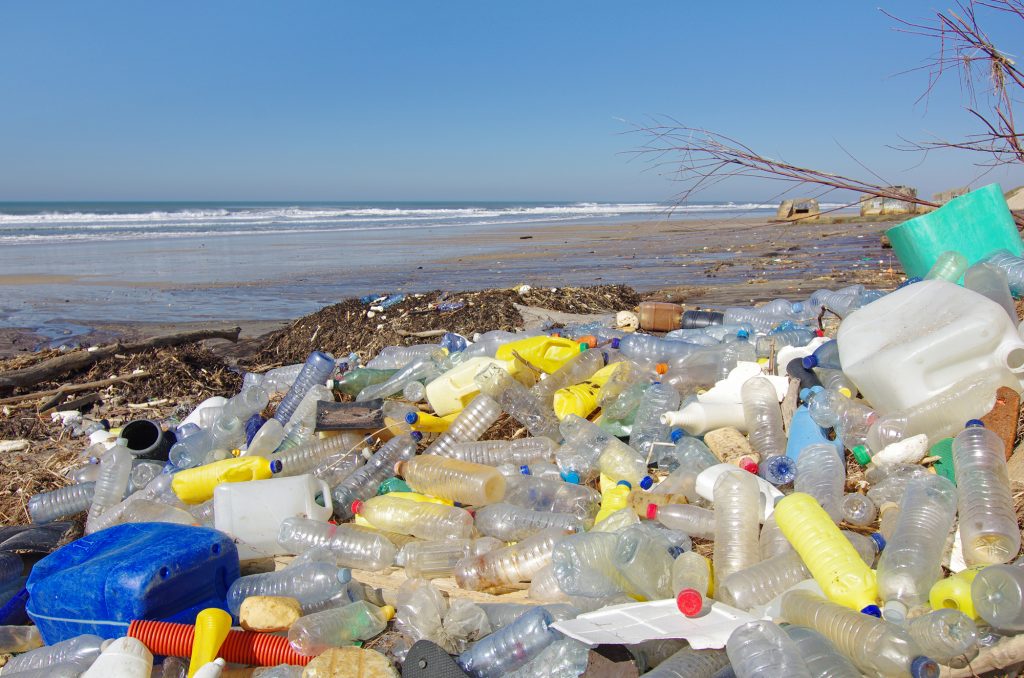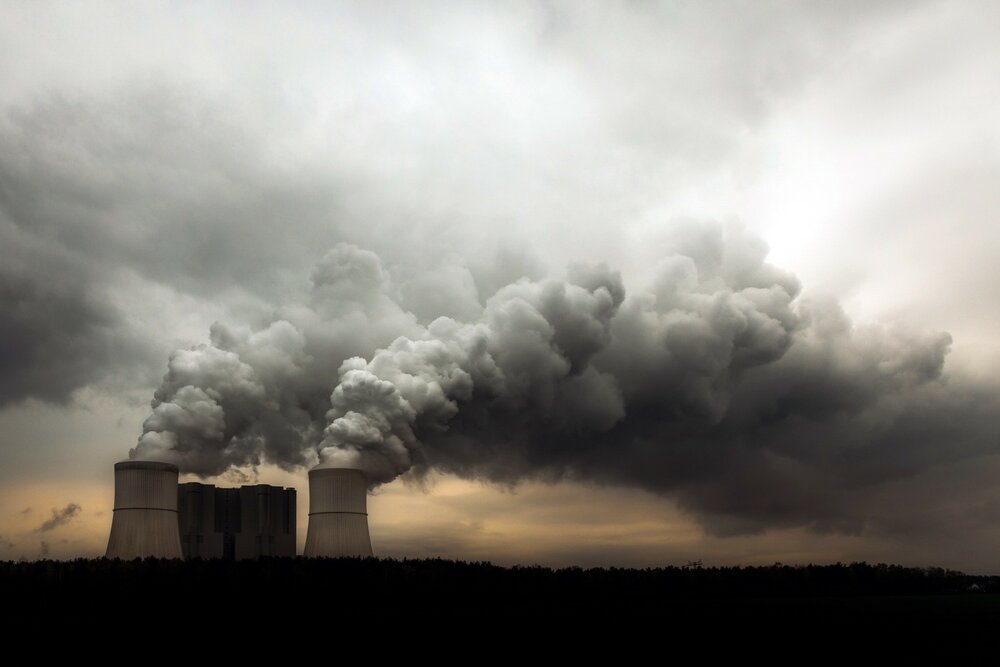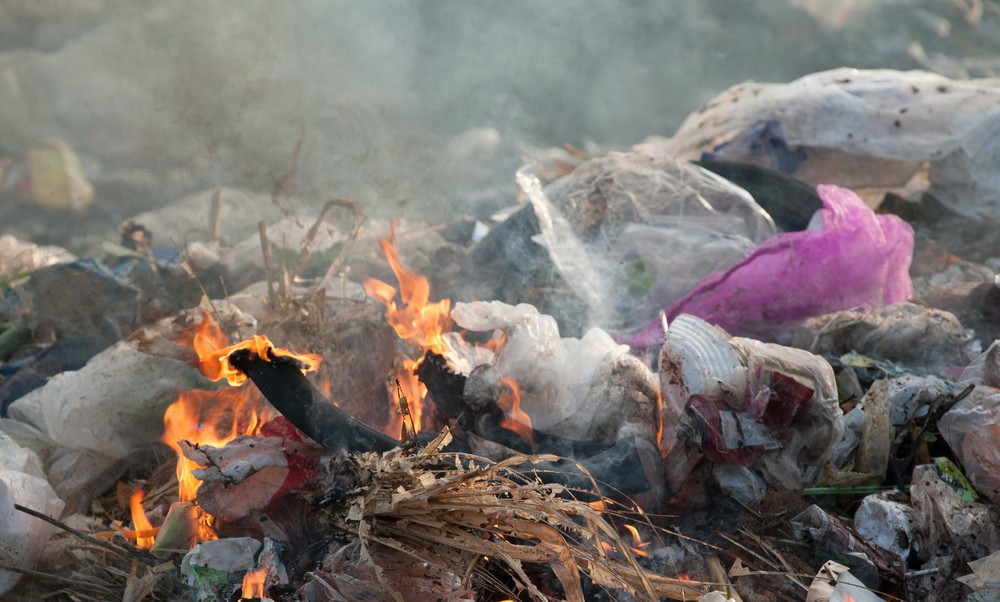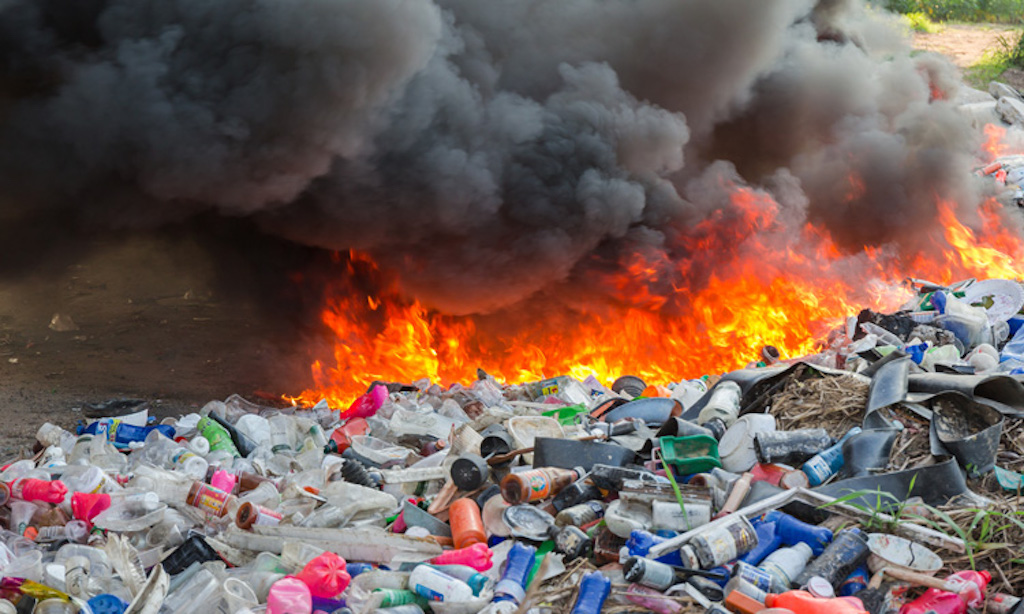Zero Waste Blog
3 Harmful Effects Of Burning Plastic Everyone Must Know
Burning plastic waste is a common practice among the world. It is considered a quick and easy solution to reduce overflowing garbage.
Plastic. Possibly the most ubiquitous waste product that has existed on our planet, we can rightly give it credit for sticking around! With over 300 million tons of plastic being produced every year, plastic is very much part of every aspect of our lives. Incarcerated a lot of times, air pollution by burning plastic affects millions today.
Plastic waste constitutes between 60% and 80% of marine debris and is “one of the world’s most pervasive pollution problems impacting our oceans and waterways,” according to the U.N.

Over the past 60 years, plastics production and waste have dramatically increased, part of a global waste crisis whose drivers have included rapid urbanization, increasing consumption in both high- and low-income countries, and increased production of “throw-away” products. Indeed, the vast majority of plastics are not recycled at the end of their useful life, ensuring that this multiplication in production results in multiplication of harmful waste. From raw material extraction through to plastic polluting the ocean, plastics represent the failure of a predominantly fossil fuel based, linear economic system.
The impact of this waste is also highly visible in the form of debris in oceans and landfills along with microbeads from personal care products contaminating marine and terrestrial food chains. As mentioned above, to get rid of this long-lasting waste, several low and middle-income countries have adopted the unregulated technique of openly burning plastic. While this method of eradication definitely removes the physical existence of plastic, it does leave the planet with another problem, the largest environmental cause of death and disease: toxic air pollution by burning plastic.
Table of Contents
1. Dioxin emissions from burning plastic
Emil Budianto, director of the University of Indonesia’s Environmental Science Department, said to Kompas that plastic waste is known to contain carbon and hydrogen.
The most dangerous emissions can be caused by burning plastics containing organochlor-based substances like PVC. When such plastics are burned, harmful quantities of dioxins, a group of highly toxic chemicals are emitted. Dioxins are the most toxic to the human organisms. They are carcinogenic and a hormone disruptor and persistent, and they accumulate in our body-fat and thus mothers give it directly to their babies via the placenta. Dioxins also settle on crops and in our waterways where they eventually wind up in our food, accumulate in our bodies and are passed on to our children.

2. Bad for the climate and oceans
Plastic is a petroleum-based material, and when burned it’s like any other fossil fuel: it releases climate pollution. This in turn leads to rising sea levels, increased ocean and air toxicity, and destruction of coral reefs and other marine life. According to the U.S. Environmental Protection Agency, burning plastics is notably the worst possible end-of-life management approach for plastics from a climate perspective.
Gasification, pyrolysis, and plasma incinerators are even less efficient at generating electricity than mass burn incinerators, and often supplement waste with coal and other fossil fuels in order to produce energy. Climate change is a major threat to our oceans and marine health.

Burning plastic and other wastes releases dangerous substances such as heavy metals, Persistent Organic Pollutants, and other toxics into the air and ash waste residues. Such pollutants contribute to the development of asthma, cancer, endocrine disruption, and the global burden of disease. Persistent Organic Pollutants travel long distances, and ultimately deposit into the ocean and polar ice caps, where they can adsorb onto other plastic marine debris and microplastics, bioaccumulating up the food chain, threatening marine and human health.
3. Bad for the human health
Most people who burn their plastic domestic waste do not realize how harmful this practice is to their health and to the environment. Current research indicates that backyard-burning of waste is far more harmful to our health than previously thought. Burning plastic can increase the risk of heart disease, aggravate respiratory ailments such as asthma and emphysema, and cause rashes, nausea, or headaches, damages in the nervous system, kidney or liver, in the reproductive and development system.

Chemicals released while burning plastic include benzo(a)pyrene (BAP) and polyaromatic hydrocarbons (PAHs), which have both been shown to cause cancer. If agricultural bags or containers are contaminated with pesticides or other harmful substances, those will also be released into the air. Also, the burning of polystyrene polymers – such as foam cups, meat trays, egg containers, yogurt and deli containers – releases styrene. Styrene gas can readily be absorbed through the skin and lungs.
At high levels styrene vapor can damage the eyes and mucous membranes. Long term exposure to styrene can affect the central nervous system, causing headaches, fatigue, weakness, and depression. Not only these people who are burning the trash are exposed to these pollutants, but also their neighbours, children and families.
5. What can we do?
While organizations are definitely taking steps to control this significant problem, we, as well-informed citizens, can also start at a grassroots level and do our bit to reduce burning plastic and make the planet greener, cleaner and healthier. The most cost effective, reliable, and proven solutions for immediate marine plastic pollution are found in zero waste models that are being implemented in many cities around the world already.
Changing our consumption habits to reduce waste production will result in a lesser quantity of the problem to be dealt with. Reusing products would allow plastic items to remain useful for longer instead of sitting in massive trash piles, causing harm to the planet. Finally, properly disposing of plastic waste so that it can be recycled will prevent communities from using this harmful technique to get rid of the garbage.
Now is the time to support the expansion of sustainable zero waste practices to address plastic marine pollution and walk away from false solutions like plastic waste incineration, gasification, pyrolysis, and plasma arc.
.
Source: Internet
——————————————————————————-
The mission of Zero Waste Initiative is reduce the use of disposable plastic products, provide people with safe, convenient, eco-friendly, recyclable and zero waste products, trying our best to save our planet
Together we can make a difference!
Would you like to join with us?

